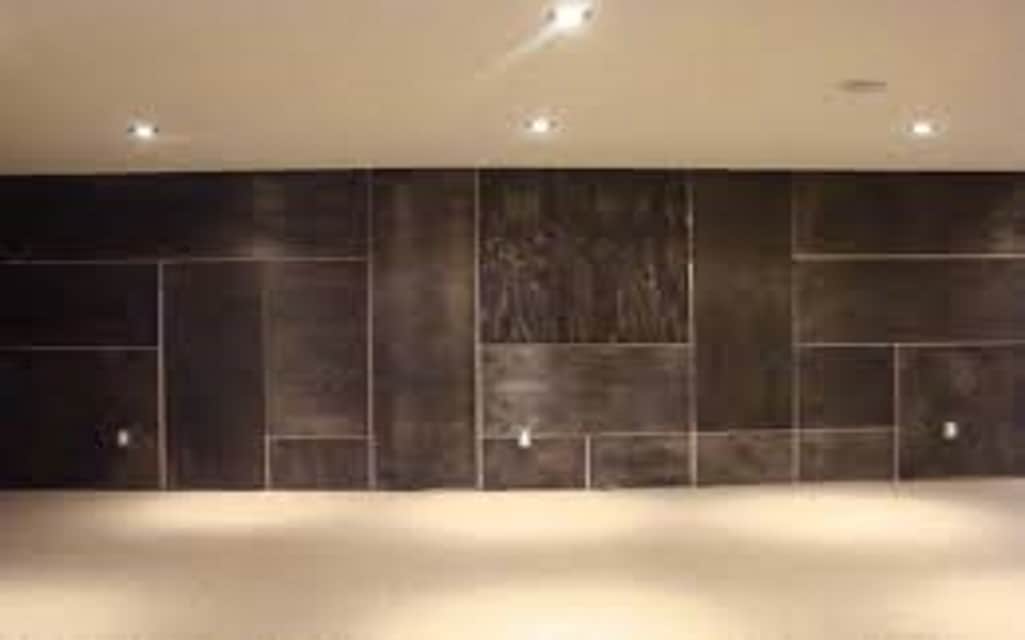You can ask people who have finished their basements to list the things you should and shouldn’t do, or things you need to think about when doing a basement renovation, and everyone will tell you something different. There are thousands of options for finishing a basement, but not every option is going to be the right one for you. After gathering information from professionals in basement finishing, we were able to form up the following list of what to know about basement renovations.
All About Basement Renovation:
Here we present everything you need to know about basement renovation. Let’s have a look.
1. Codes
Make sure you have the permits needed to start renovating your basement. Though it depends on where you live, everywhere you go, there is some kind of inspection process and code that you need to abide by. If you hire a contractor, that person will know all the codes and what to do.
2. Moisture
No one wants a damp basement. The thing is, people tend to forget about this when they finish their basement. Your subterranean space sits about 10 feet (3 meters) underground, so right outside the walls is water, soil, and roots. If you don’t want water, then you need to ensure the foundation doesn’t have cracks, set up a vapor barrier, find a way to circulate air (like with windows and vents), or install furring strips.

3. Add Insulation
A way to keep your basement cool in summer and warm in the winter is to install insulation. Not only does insulation keep the basement temperature regulated, but it also is another level of moisture control and sound control.
When you go to select insulation, choose the kinds with a double vapor barrier. That, or you can spray exterior walls with a foam insulator. Though it’s more expensive, the cost of the spray will pay for itself in the long run, when your energy bills go down.
Again, check building codes to make sure the insulation you want to use is allowed.
4. Drop It High
Also known as a suspended ceiling, drop ceilings are a fantastic option for those who have electrical and plumbing lines running along the basement ceiling. Additionally, drop ceilings are an economical choice for concealing any equipment and keep you from needing to install soffits and boxes. Don’t worry, your basement won’t look like an office either. While drop ceilings do take away some head space, it’s a great choice for those on a budget.
5. Light The Dark
Lastly, professional renovators would like to remind you of one thing: the importance of lighting in a basement. Unless your basement comes with windows and natural light, the correct light fixtures will make or break the entire ambiance of your downstairs space. Don’t let that happen. In order to gain ample illumination without sacrificing head space, use recessed lighting. Recessed lighting comes in a number of style options, wattage, and are easy to install in drop ceilings. Furthermore, recessed lighting is easier to change than fluorescent lighting, since you can reach up and change the bulb without much hassle.
Final Words:
Again, there are hundreds, if not thousands, of basement renovation tips to be found—but these are ones you definitely should consider. The process of finishing the basement, the design, the budget, how long it takes, and so on all depends on how well you prepare and execute the plan. Now that you what you should be doing and thinking about, it’s time to finish that basement.



